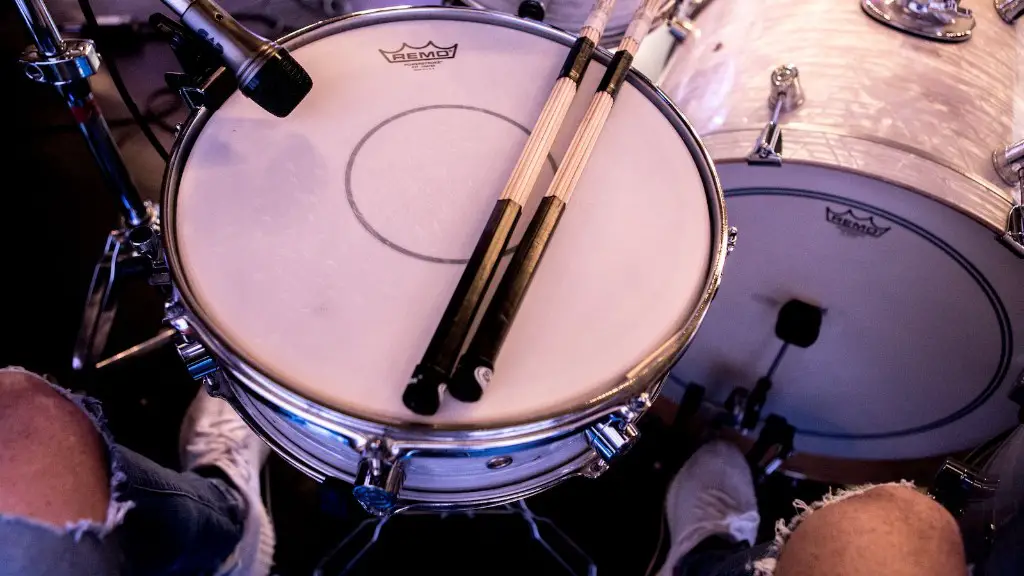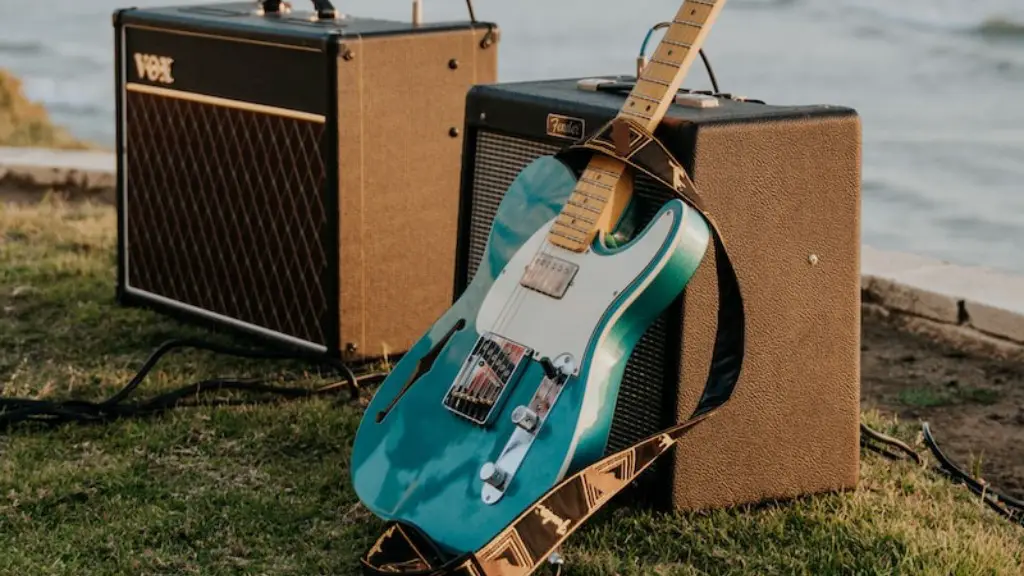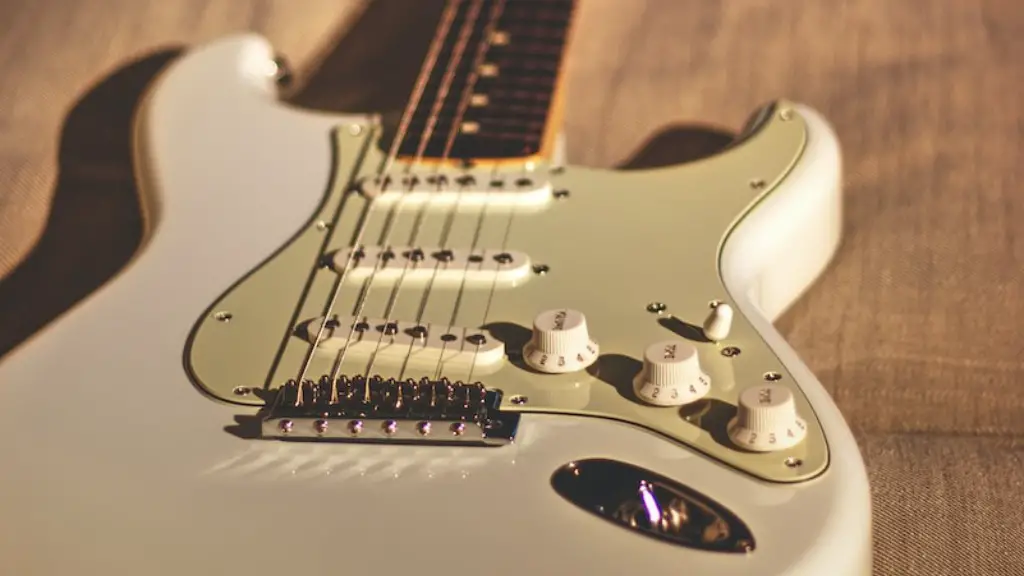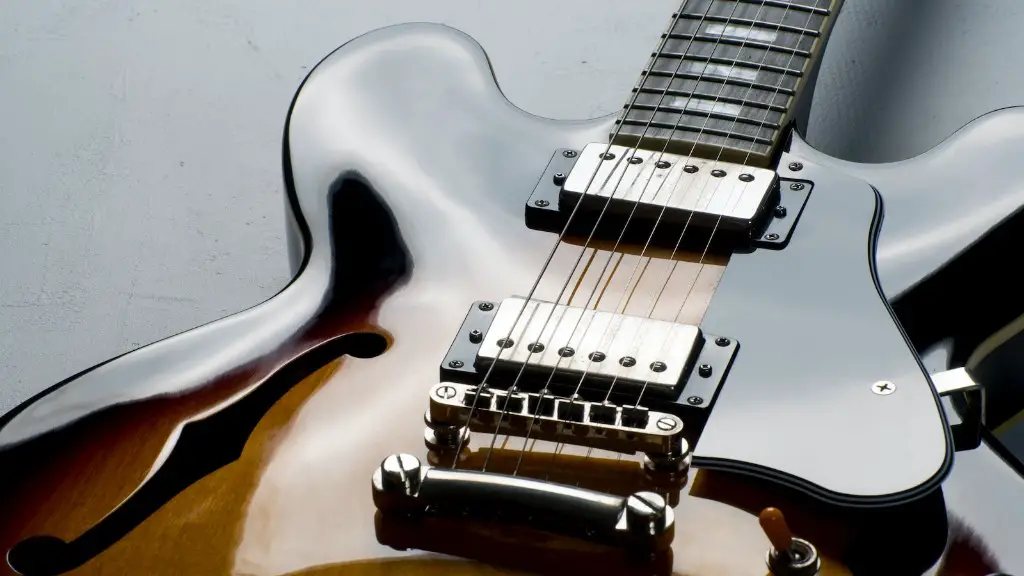Playing electric drums is an exciting way to explore the world of percussion. It is a great way to learn and perfect drumming techniques while having fun.
Before you start playing, it is important to make sure that you have all the necessary equipment. You will need an electronic drum set, a pair of drumsticks, and a drum module. The module will be used to control the sound and effects of your drums.
Once you have all your equipment, it’s time to start playing! Make sure that the drums are set up properly and that the sound levels are adjusted according to your preferences. Start by practicing basic beats and rhythms on your electric drums. As you become more comfortable with them, you can experiment with different sounds and effects.
It’s important to practice regularly in order to improve your skills and become a better drummer. With enough practice, you can create unique sounds on your electric drums and make beautiful music!
Remember, learning how to play electric drums takes time and dedication – but it can be an incredibly rewarding experience!
Setting Up Your Electric Drum Kit
Setting up an electric drum kit is an exciting process, but can be a little intimidating if you don’t know what you’re doing. To help, here are the basics of getting your electric drum kit up and running. First, make sure to have all the necessary components: drums, cymbals, hardware, and a drum module. Once everything is unboxed and laid out, connect the drums to the module using a series of cables. Next, set up the hardware such as stands and pedals for playing. Finally, program the drum sounds into the module by loading samples and adjusting settings like pitch, attack and decay.
Now that your kit is ready to go, it’s time to start playing! Start by familiarizing yourself with each drum and cymbal in your kit – get comfortable with where they are located so you can have quick access while playing. Then practice using basic rudiments like single strokes or double strokes on different drums. As you build your skillset you can look into more advanced techniques such as flams or rolls. With practice and dedication you’ll be able to play any style of music that requires an electric drum kit!
Basic Drum Patterns & Techniques
Drums are an essential part of music, allowing for unique rhythms and beats to be created. Electric drums are a great way to get started with drumming, as they are much easier to set up than acoustic drums. To master electric drums, it is important to learn the basic drum patterns and techniques. This includes learning how to play rolls, flams, drags, and ghost notes. Rolls consist of quickly alternating between two notes on a drum kit. Flams involve hitting two notes at the same time. Drags require you to move your hand from one note to another in a sweeping motion. Finally, ghost notes involve playing a note softly in order to create a subtle effect. These techniques can be combined in various ways to create interesting and complex drum patterns. With practice and dedication, anyone can become an expert at electric drums!
Learning to Read Drum Notation
Reading drum notation is an important skill for any aspiring drummer. It allows you to learn and understand the music you’re playing, as well as communicate with other musicians. Fortunately, learning to read drum notation is not as intimidating or difficult as it may seem. With a few simple tips and a bit of practice, anyone can learn how to read drum notation.
The first step in learning how to read drum notation is understanding the different symbols used in the language of drums. The most basic symbol is the note head, which indicates what note to play and for how long. The note stem, flag, and beam indicate the length of a note; for example, a quarter note has a quarter-note stem and no flag or beam. The time signature tells you how many beats are in each measure and what type of notes are used; for example, 4/4 time uses four quarter-notes per measure. Finally, accents and dynamic markings signify changes in dynamics or volume; for example, an accent on a snare drum signifies that it should be played louder than usual.
Once you understand the symbols used in drum notation, you can begin reading music by playing along with it at a slow tempo and gradually increasing the speed over time. Practicing with a metronome can help ensure that you are playing at the correct tempo. Additionally, it’s important to break down complex rhythms into smaller parts so that they become easier to play accurately. With some practice
Practice Your Timing and Coordination to Play Electric Drums
Learning how to play electric drums requires a lot of practice and patience. You must develop your timing and coordination skills in order to be successful. Timing is important because it helps you stay in rhythm and allows you to play more complex drum patterns. Coordination is necessary so that you can keep your hands, feet, and brain all working together in harmony.
To practice your timing, start by playing a simple beat at a slow tempo. Gradually increase the tempo until the beat is comfortable for you to play without making any mistakes. Once you have mastered the basics, try playing different patterns with both hands and feet at varying speeds. This will help improve your coordination so that you can play more complex rhythms with ease.
It is also important to practice with metronomes or drum machines so that you can stay on time when playing along with other musicians or on stage. Additionally, listening to recorded songs or tracks can improve your ability to recognize different rhythms and adjust accordingly when playing live music.
By practicing regularly and challenging yourself to learn new beats and rhythms, you will eventually develop the skills necessary to become an expert electric drummer. With dedication and hard work, you’ll be able to confidently show off your skills on stage!
Developing a Groove and Feel (How To Play Electric Drums)
Playing electric drums is one of the most rewarding and enjoyable ways to make music. Developing a groove and feel is key to becoming an excellent drummer. To do this, start by focusing on your technique, such as hand-to-foot coordination and the use of different sticking patterns. As you become more comfortable with the basics, start experimenting with different tempos and rhythms. To add further complexity to your playing, try incorporating new sounds into your playing by using drum pads or cymbals. Finally, practice with a metronome to perfect timing and accuracy. With practice, you can develop a unique groove that will help you stand out from other drummers.
Once you have developed a solid base in technique and feel, focus on developing your improvisation skills. Learn basic scales and chords so that you can create interesting rhythms while still keeping in time with the song. Also work on developing your own creative ideas by experimenting with different techniques such as dynamic control or using multiple rhythms at once. Practicing along with recordings can also help you to understand how different grooves interact with each other.
Lastly, it’s important to always keep expanding your musical knowledge. Listen to different genres of music and learn what makes them unique. This will help you create your own style of playing that reflects who you are musically. With patience and dedication, you can become an expert at playing electric drums and develop a groove that stands out!
Playing with Dynamics & Creative Expression: How To Play Electric Drums
Playing electric drums adds a unique dimension to your music, and with the right approach, it can help you achieve creative expression. Understanding the basics of dynamics and creative expression when playing electric drums is essential in order to create the best sound possible.
Start by familiarizing yourself with your drum set. Learn the basics of each drum and how they should sound. This will help you create more nuanced sounds and dynamics during your performance. Make sure to practice regularly, so that you can master any rhythms or patterns you may want to use during your performance.
Next, learn about dynamic control. When playing electric drums, you have control over the volume of each drum as well as the overall mix. Experiment to find out which settings give you the sound that best expresses your creative ideas. You may also want to try using pedals or sticks for effects like accenting beats or creating special sounds.
Finally, don’t be afraid to explore different techniques for creative expression on electric drums. Try incorporating different rhythms into your performances, or experiment with layering multiple sounds together for an interesting effect.
Using these techniques will help you take your electric drum playing to the next level and give you more control over how you express yourself through music. With a bit of practice and exploration, you’ll soon be able to create even more dynamic and expressive performances on electric drums!
Conclusion
Playing electric drums is a great way to express yourself musically and have fun. It can be a great way to get started with learning how to play drums. With the right knowledge and practice, you can become an expert in no time. The most important thing is to have fun and enjoy the process. As you continue to practice, you will find that your skills will improve, and your confidence will increase. With a little bit of patience and dedication, you can become a great drummer in no time. So don’t be afraid to give it a try!





